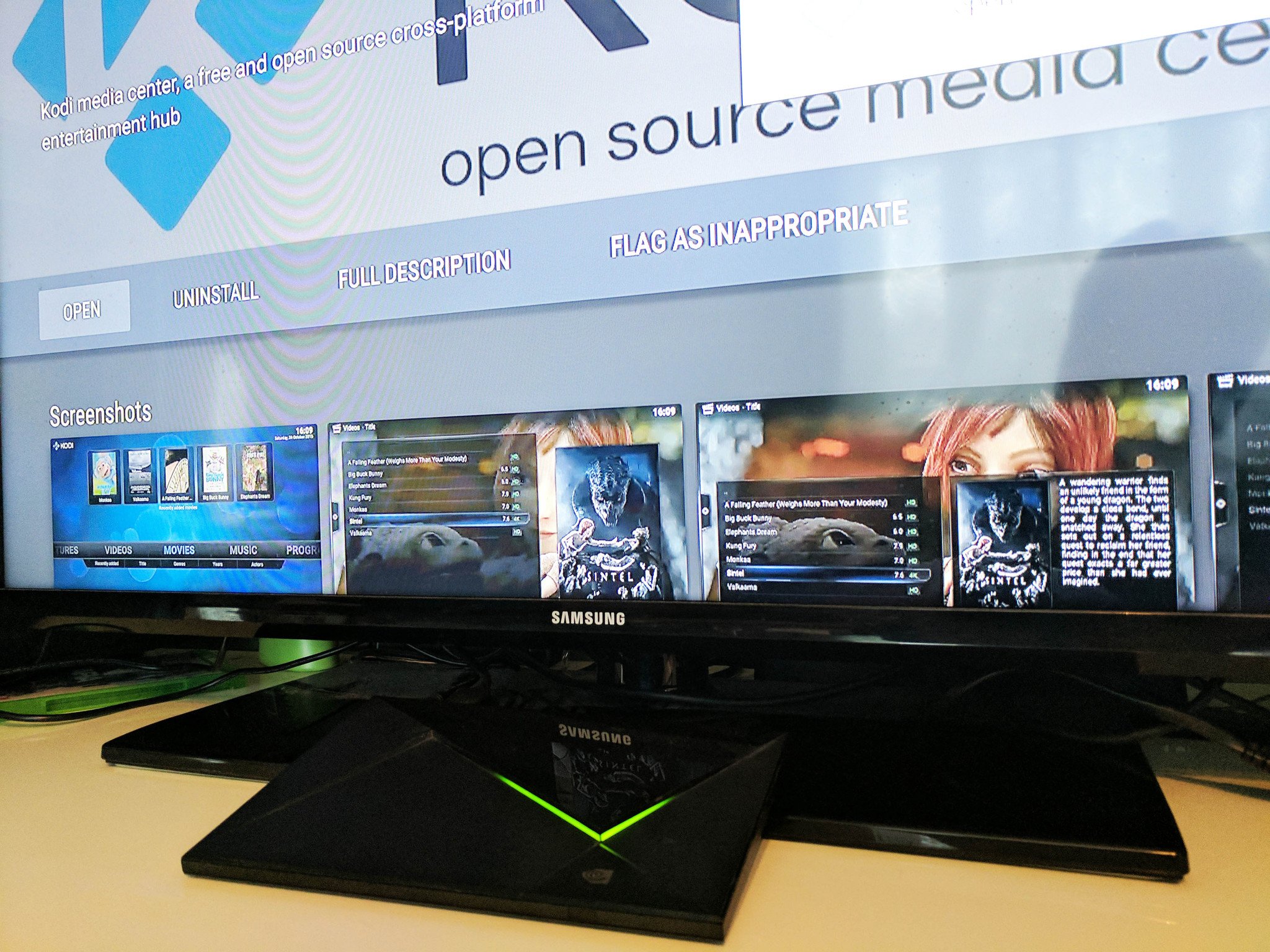
If all goes well, the media will play in VLC without issue.

As DLNA (the network protocol used by Plex) is enabled by default and works with UPnP, VLC should be able to pick it up without issue. If you want to stream Plex media to VLC, it may be easy or more difficult depending on your network setup. It has been lovingly crafted to deliver a seamless experience and it does it very well. One of the reasons Plex is so popular is because it just works without any hassle. You should be able to browse media in the Plex Media Player on any device you have it set up on, select something, and play it. Rinse and repeat for each device you want to use Plex on.Follow the installation wizard to join the network and find the media.Install the Plex Media Player app onto your device.Better to troubleshoot early on than to run into problems later. You don’t necessarily need to play media with it long term, but you will want to at least set it up so you can test everything works. Next, you need to install the Plex Media Player onto any device you want to use Plex on. You can spend more time later customizing and configuring it as you want to, and adding channels. DLNA, which is the network protocol we need to play on VLC, is enabled by default so no more action is needed here. That is all you need to do for basic Plex Media Server setup it’s a fairly straightforward process. Install the channels you want to include.

Add your network and allow remote access when prompted.Select ‘Add Library’ and import the media you want to share. If you want to stream outside your home network, enable ‘Connect to Plex.’.Sign up for a Plex account and follow the setup wizard.Download the Plex Media Player app onto any device you want to consume the media on. Download and install Plex Media Server onto that central device.You can also watch through a browser or VLC media player, as I will show you. The Plex Media Server is mandatory for this to work, but the app is optional.


 0 kommentar(er)
0 kommentar(er)
